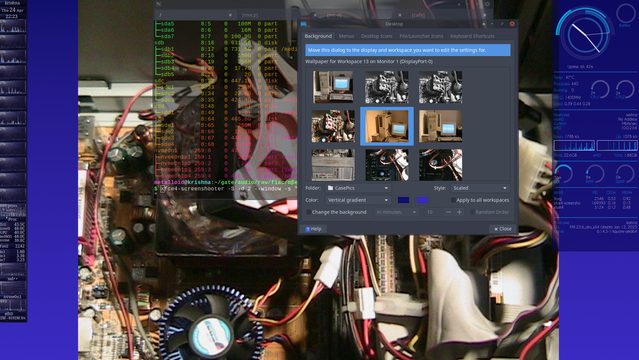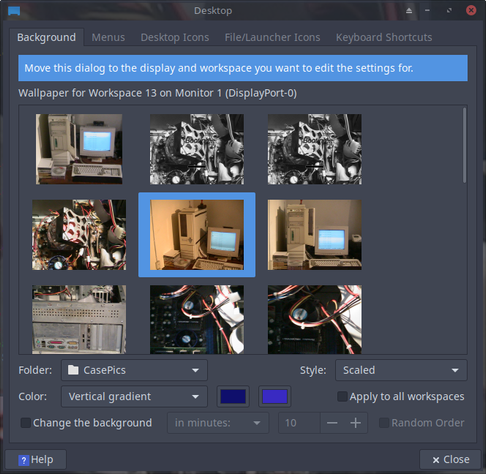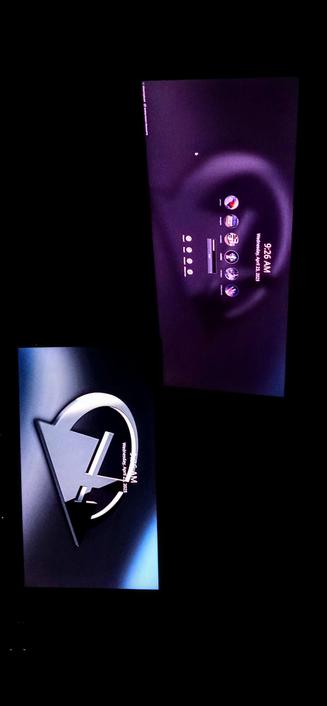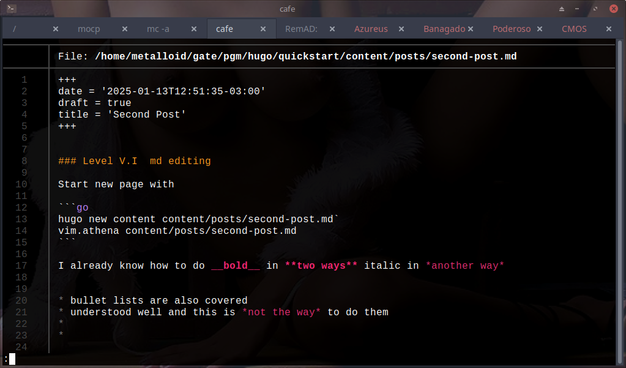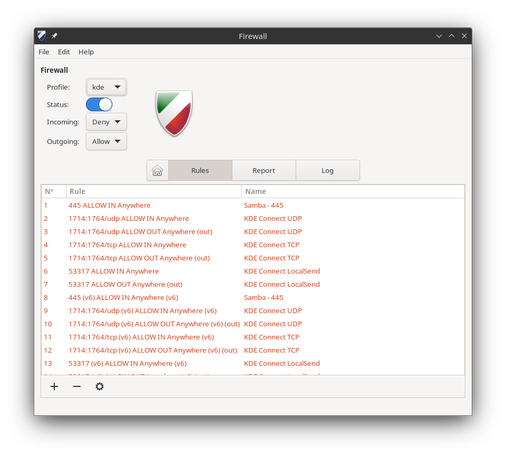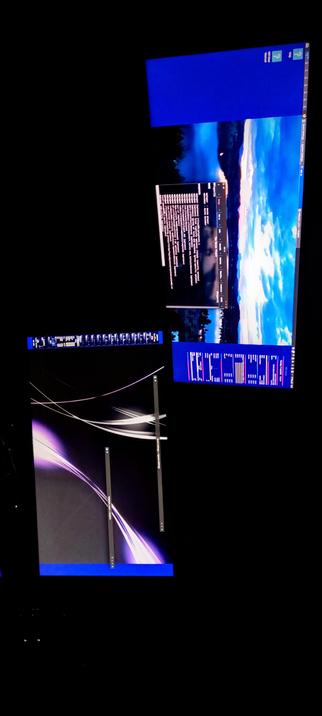I also encountered another problem; I can immediately tell you that it's not a KDE specific problem but it popped up in konsole.
The subject is fonts and the section is point size. The monitors I use are not of a small resolution. In fact an ideal IPS LED panel layout for me would be an 8K panel two 4K panels flanking it and two 1080p ultra ultra wide panels at a left and right of those.
With such a setup I can monitor different machines at the glance and control them with ease.
Even on my 1080p Ultra Ultra wide panel the default Point sizes for fonts are too small. On a scratch KDE based MX Linux installation, the following problem was repeated twice in Konsole.
The first time I changed font point sizes, closed konsole. When I reopened konsole the fixed with font, was replaced with one that appended spaces behind every couple of letters.
This rendered konsole unusable for work.
Changing the fonts Point sizes to the defaults again did not fix the problem.
Sinds that installation was Vanilla and didn't have enough space for home and root on one partition to actually Play with KDE, I wiped it and started again.
This time I deliberately did not change the point sizes even though it was hard to read. I then copied over some configuration directories from my other installation to this One, none of them related to anything KDE wise or any fonts directory. When I rebooted that installation The problem occurred for the second Time.
As with the wallpaper issue, I immediately converted that energy of irritation to something positive. I troubleshooted the font problem for a short while and when I couldn't isolate it I did a simple thing. I created a couple of other accounts on the same KDE installation to see if I could repeat the error.
That reproduction step is vital before a bug report is created. The other accounts were also residing on my other xFace MX Linux installations, which means I could simply copy them over to the other home partition where KDE was looking at.
In the other accounts I could not repeat the error.
That means a bug report is worthless because repeatability is crucial. Since the usage of a terminal in the K Desktop Environment is important, I changed my strategy and simply installed the xFace Four terminal in KDE. In the end that was a nice move since I know all the keyboard shortcuts of the terminal by hand they are in muscle memory and they have been there for years.
As a bonus I also installed other good shells in MX KDE the hashtags tell you which.
Right now I have a KDE installation in which I can actually work based upon the MX Linux KDE variant
I shall link a couple of photographs in a few minutes
.🖋️ #bash #MX #mxLinux #sh #zsh #ksh #csh #tksh #fish #distro #KDE #Gnome #Linux #POSIX #fresh #programming #backgrounds #wallpaper #Vallpaper
